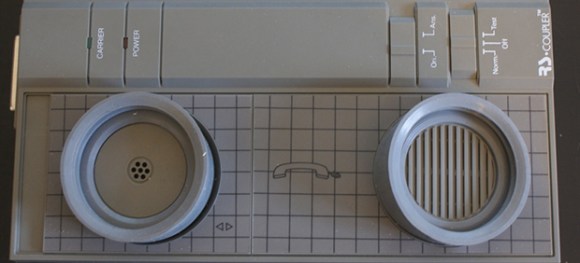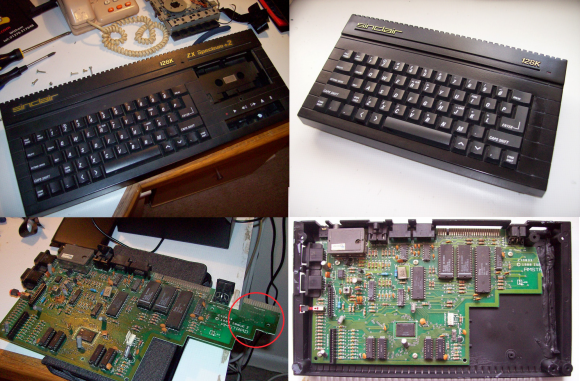
[Carl] got his hands on a dead Sinclair ZX Spectrum +2A. He decided he wasn’t just going to fix it, he was going to improve it! The ZX Spectrum Compact is literally a “sawn-off” Spectrum +2A. [Carl’s] inspiration came from a similar mod at the Old Machinery blog.
Amstrad seems to have had a habit of bolting on additions to their products. In the case of the Spectrum +2A, it was a tape drive. Tapes weren’t a great storage method in the 80’s, and today they’re downright annoying. [Carl] didn’t need the tape interface, as he’s using a DiVide ATA interface.
The modification is rather straight forward. [Carl] broke out the hacksaw and cut the right end cap away from the tape drive. He then cut the entire tape drive away. The motherboard wasn’t safe from the saw treatment either, as the printer interface was cut off. Thankfully there were no components on the printer interface. Apparently [Carl] didn’t short any traces as he went to town with his saw.
With the motherboard modified to fit the abbreviated case, [Carl] was ready to begin reconstruction. He glued the cap onto the sawn-off case with Grip Fill glue, which also served to fill any gaps. Some sanding, priming, and painting later, The ZX Spectrum Compact was finished. This isn’t a perfect mod, as the gap is still slightly visible under the paint – but it’s good enough for [Carl]. Hey, it’s good enough for us, too – we can’t all be [Ben Heck]!

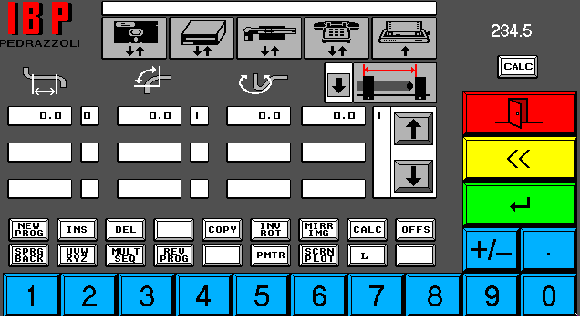
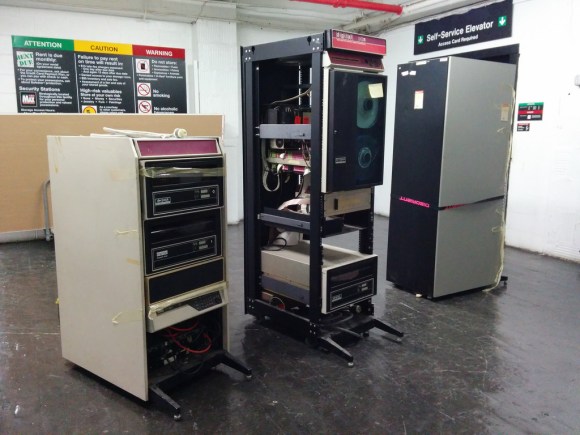
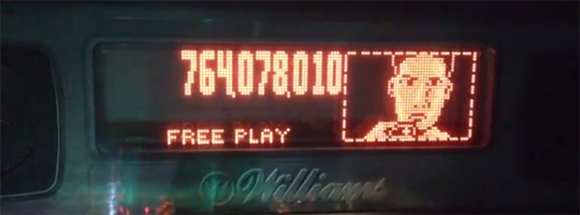
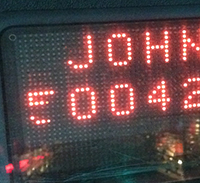 The neon dot matrix displays in pinball machines of this era are finicky devices with a lot of stuff that can go wrong. On powering the display up, [Quinn] noticed a few columns on the left side of the display weren’t working. These machines have great diagnostic menus, so running a test that displays a single column at a time revealed two broken columns. However, when a solid fill test was run, all the columns work, save for a few dots in the upper left corner. This is an odd problem to troubleshoot, but after more tests [Quinn] realized dots in column five and six only work iff both adjacent dots in the same row are lit.
The neon dot matrix displays in pinball machines of this era are finicky devices with a lot of stuff that can go wrong. On powering the display up, [Quinn] noticed a few columns on the left side of the display weren’t working. These machines have great diagnostic menus, so running a test that displays a single column at a time revealed two broken columns. However, when a solid fill test was run, all the columns work, save for a few dots in the upper left corner. This is an odd problem to troubleshoot, but after more tests [Quinn] realized dots in column five and six only work iff both adjacent dots in the same row are lit.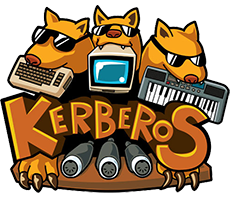 The SID chip inside the Commodore 64 and 128 is arguably still the gold standard for chip tunes, and the C64 itself still a decent computer for MIDI sequencing. [Frank Buss] realized most of the MIDI cartridges for the Commodore computers are either out of production or severely limited,
The SID chip inside the Commodore 64 and 128 is arguably still the gold standard for chip tunes, and the C64 itself still a decent computer for MIDI sequencing. [Frank Buss] realized most of the MIDI cartridges for the Commodore computers are either out of production or severely limited, 